Caithness Monitor Farm takes part in research project
A Caithness Monitor Farm has joined the fight against a pernicious cattle-wasting disease. Westfield Farm, west of Thurso, is the last of nine holdings to become involved in the national research project, the PARABAN initiative. Co-ordinated by the SAC, the initiative aims to shed more light on how Johne’s disease takes root and to advise on how it can best be controlled.
The chronic bacterial condition was discovered over a century ago but remains one of the least understood livestock maladies. It takes an increasingly heavy annual toll on agriculture, with a recent Government-sponsored survey indicating that 42.5% of dairy farms could be affected.
The condition is particularly insidious as members of a herd showing symptoms represent the tip of the iceberg. For every animal exhibiting signs, another 10-25 could be infected. An update on the three year research project was given during an open day at Westfield, which is part of the Scottish Quality Meat Scotland Monitor Farms Programme.
Speaking at the monitor farm Open Day, Inverness-based SAC epidemiologist Selene Huntley said the holdings, eight in Scotland and one in Cumbria; cover a spread of important cattle-rearing areas and comprise six beef herds and three dairy herds. The first batch of blood and faecal samples have been taken from the 300-cow herd at Westfield.
The SAC is fronting the initiative with the support of researchers from Glasgow and Edinburgh Universities and the James Hutton University.
As well as the farm input, soil and post-mortem samples are analysed to better understand how Johne’s disease takes root and develops. The team at James Hutton is seeking to gauge the impact, if any, of factors such as the acidity of the soil, the availability of iron, moisture and temperature.
The three year initiative, which is at the halfway stage, seeks to come up with improved ways of both detecting and controlling the disease.
Selene Huntley continued: “We’re trying to identify best practice guidance to control the disease and are working very closely with farmers, health schemes, vets and international experts in the disease.”
“We are aiming to establish what type and frequency of test regime is best for particular farms and to come up with practical ways of controlling the disease.
“We also hope to get more understanding of just how the bacteria behave in the animal.”
Ms Huntley’s colleague, Sue Tongue, said the demonstration farms were playing a key role in the effort to finally get to grips with the disease. She said: “They are letting us see what is going on below the radar and letting us discuss practical control measures with farmers, vets and health scheme providers.”
Telltale symptoms of Johne’s disease or paratuberculosis are weight loss, diarrhoea and loss of milk production. Animals can contract the disease before they are born and can carry it for years without actually showing symptoms although they can still infect other animals.
The latest data shows the incidence of the disease in Scotland has almost doubled over the past decade.
Thurso vet Sinclair Manson, who is providing the samples from the Westfield herd, believes there is a relatively low incidence of Johne’s in the far north. However, he cautioned that it is a disease which all farms should be very vigilant about, especially when they buy in stock.
Unlike BVD and other common cattle diseases, he said a test is not conclusive while there continue to be problems in developing a reliable vaccine.
Mr Manson is excited about the current research project, which he describes as ‘cutting edge.’ He said: “Hopefully, the initiative will come up with practical measures to tackle the disease in herds and check its spread.”
Westfield farmer Johnny MacKenzie said that while the disease had not been a particular blight on his farm, it has always been of concern to him.
“It’s not been a major problem for us but it’s always grumbling away,” he said.
“I’d say we lose one or two cows a year to it.”
Caption: Johnny MacKenzie of Westfield Farm

Sign up for the latest news and views

 Quality Meat Scotland
Quality Meat Scotland4 Redheughs Rigg
Westpoint
South Gyle
Edinburgh EH12 9DQ
- Tel: +44 (0)131 510 7920
- Email: info@qmscotland.co.uk
Follow Us
- © Quality Meat Scotland 2025
- Terms & Conditions
- Accessibility Statement
- Privacy Policy
- Cookies
- Sitemap
Site by Art Department